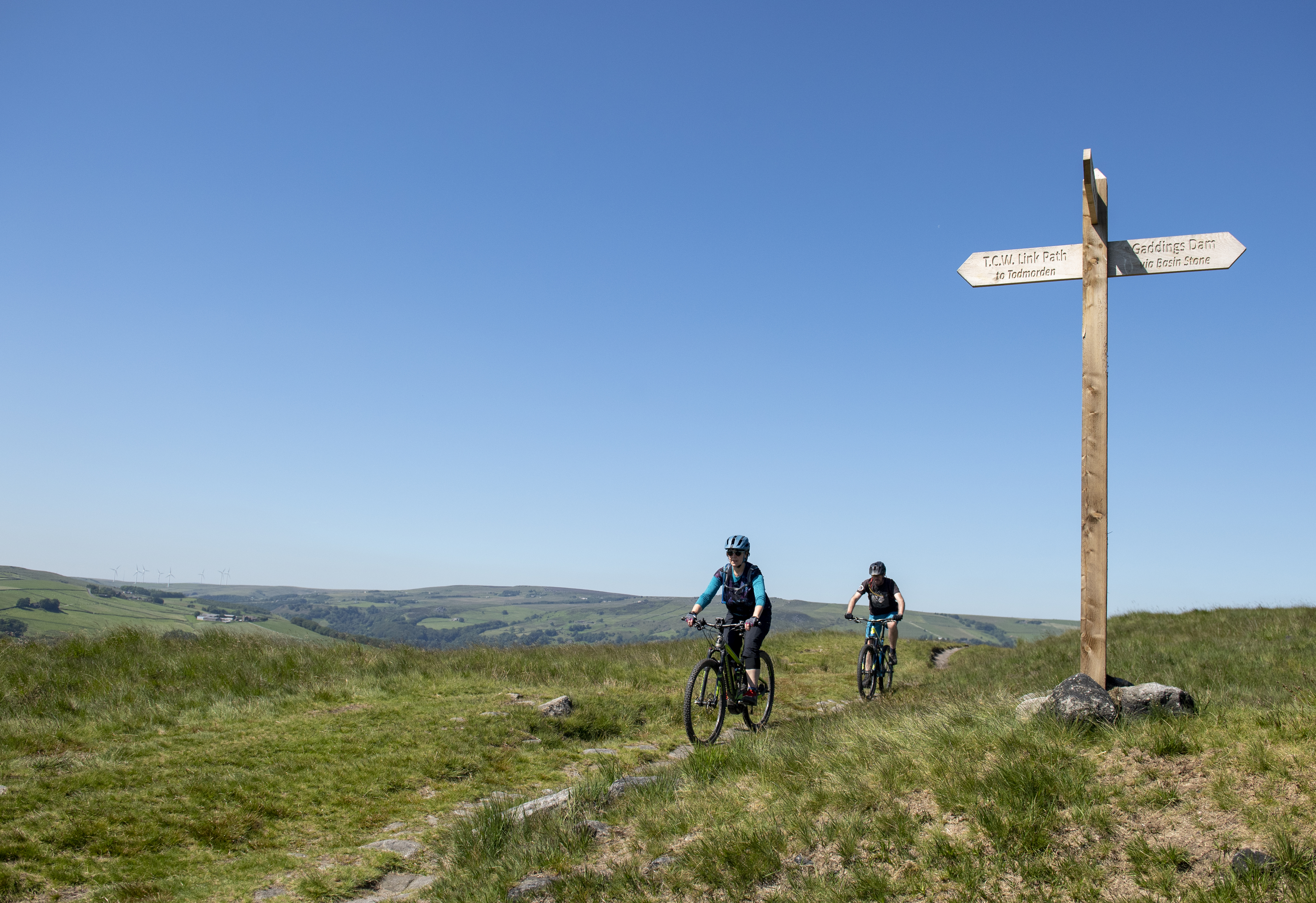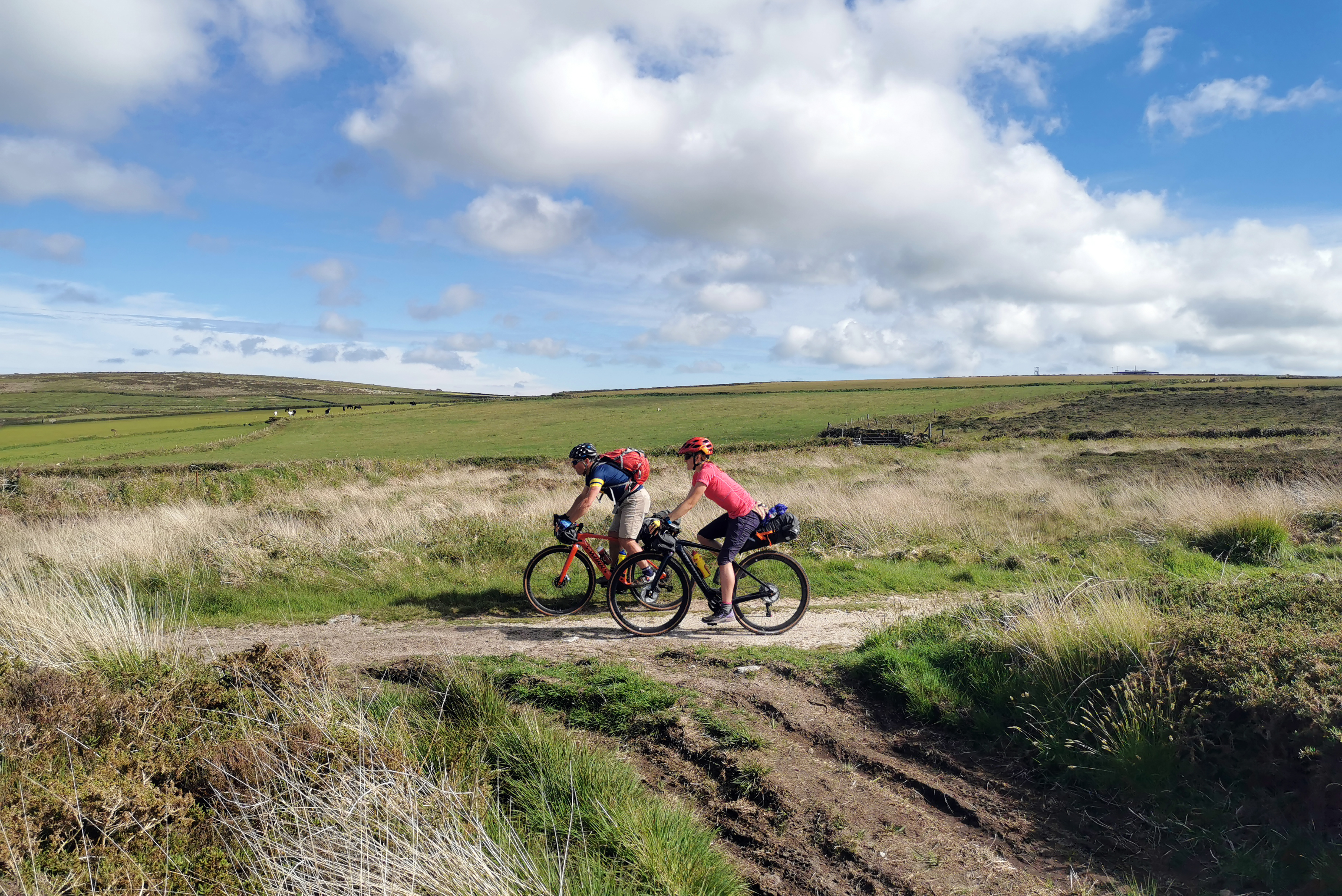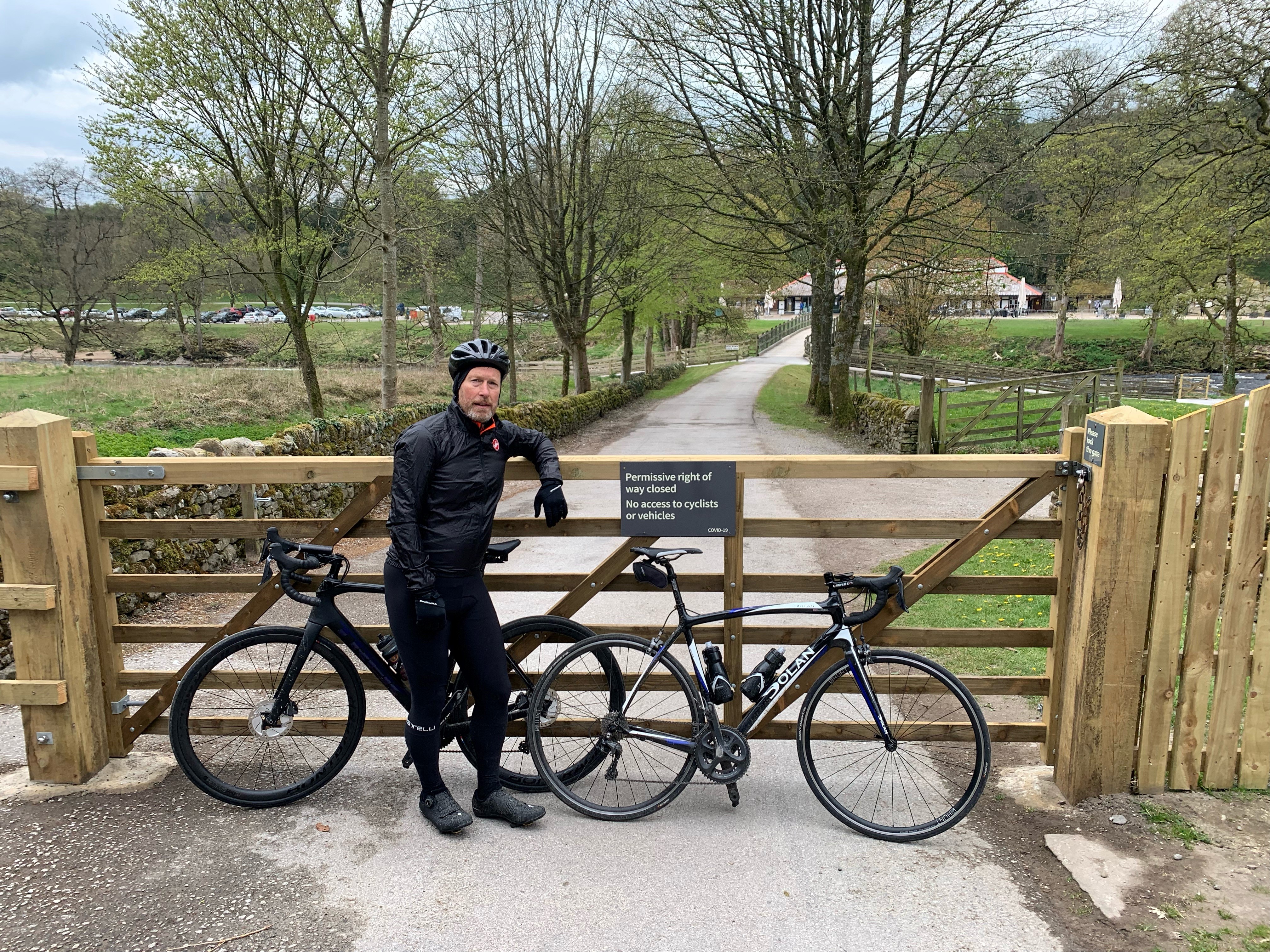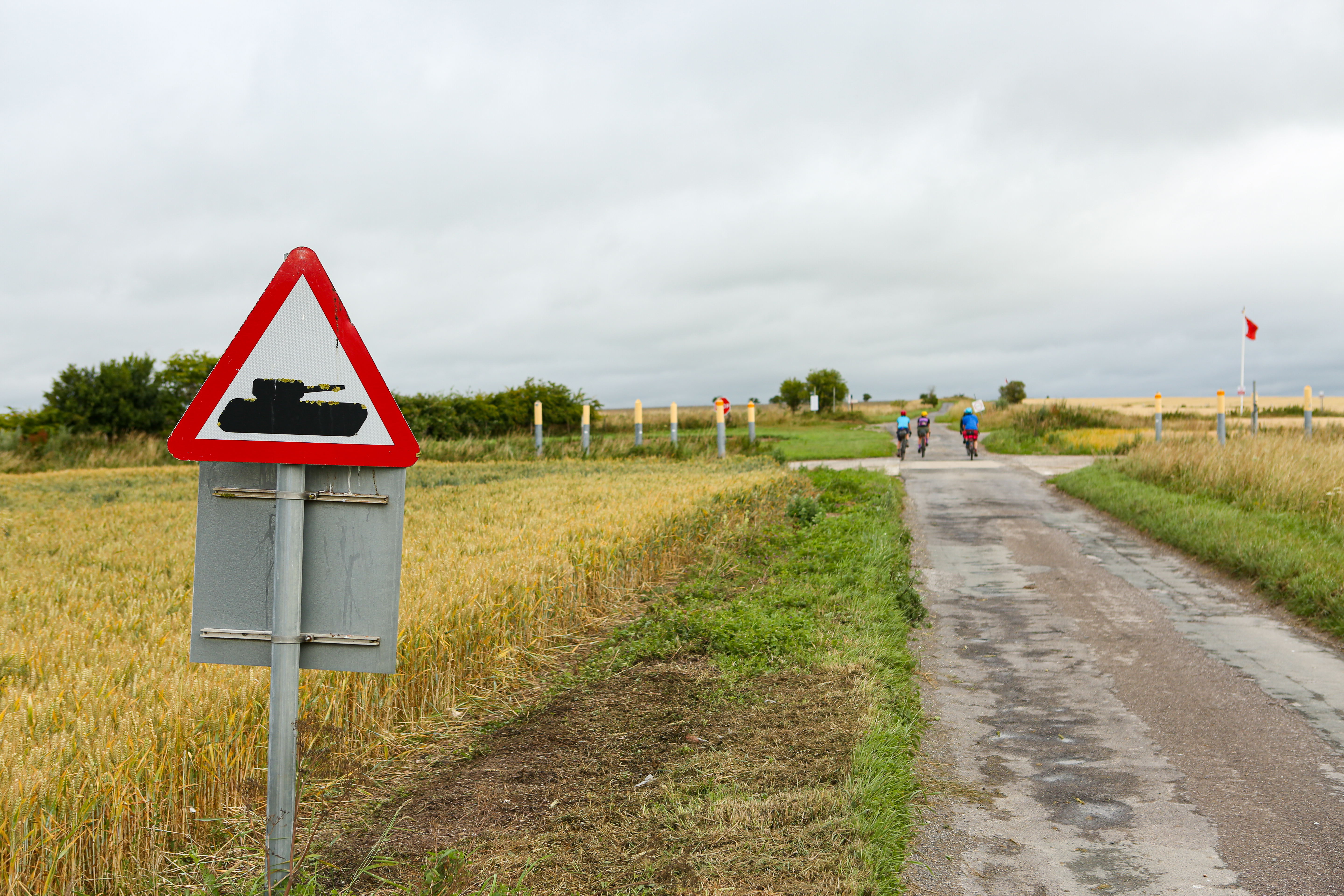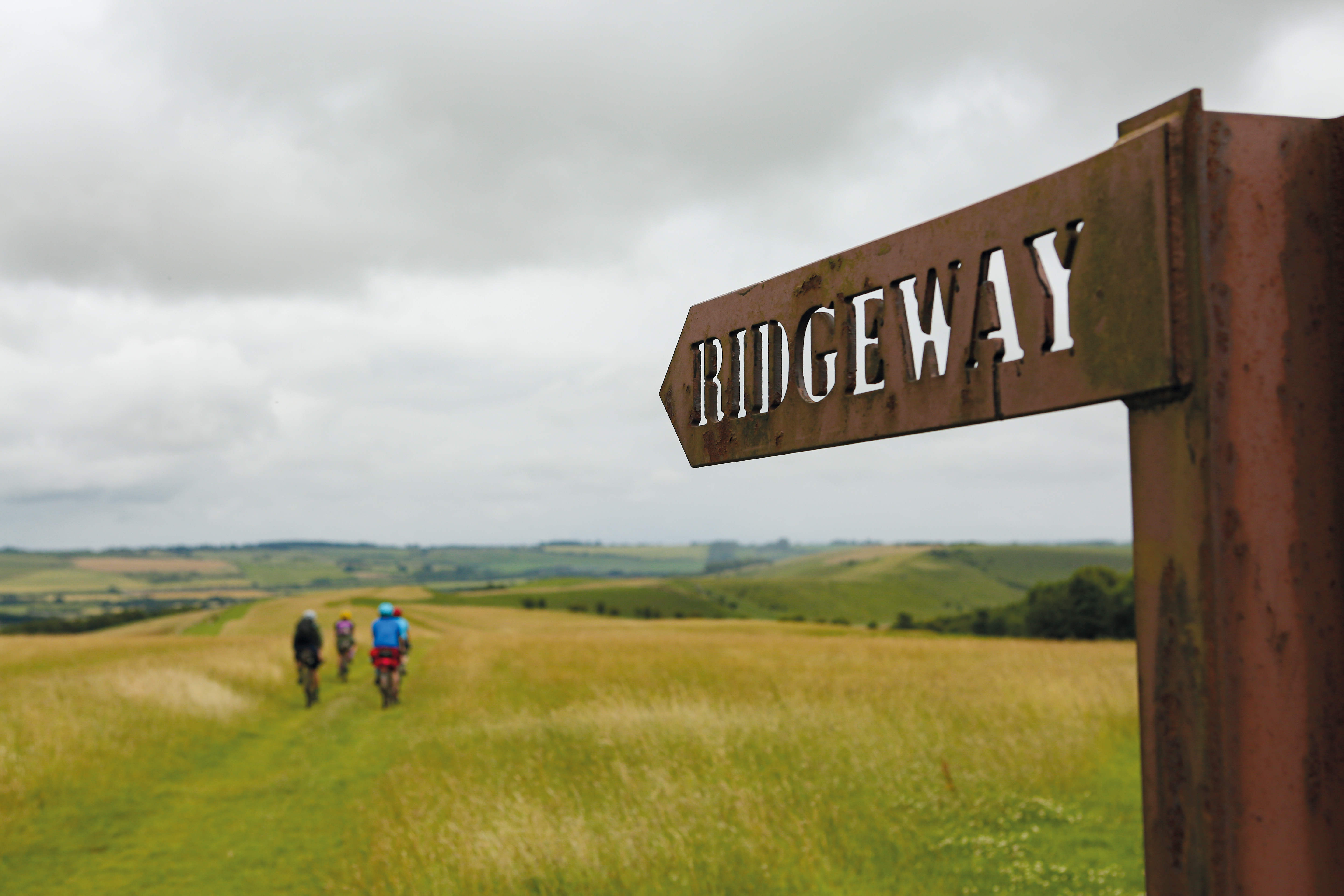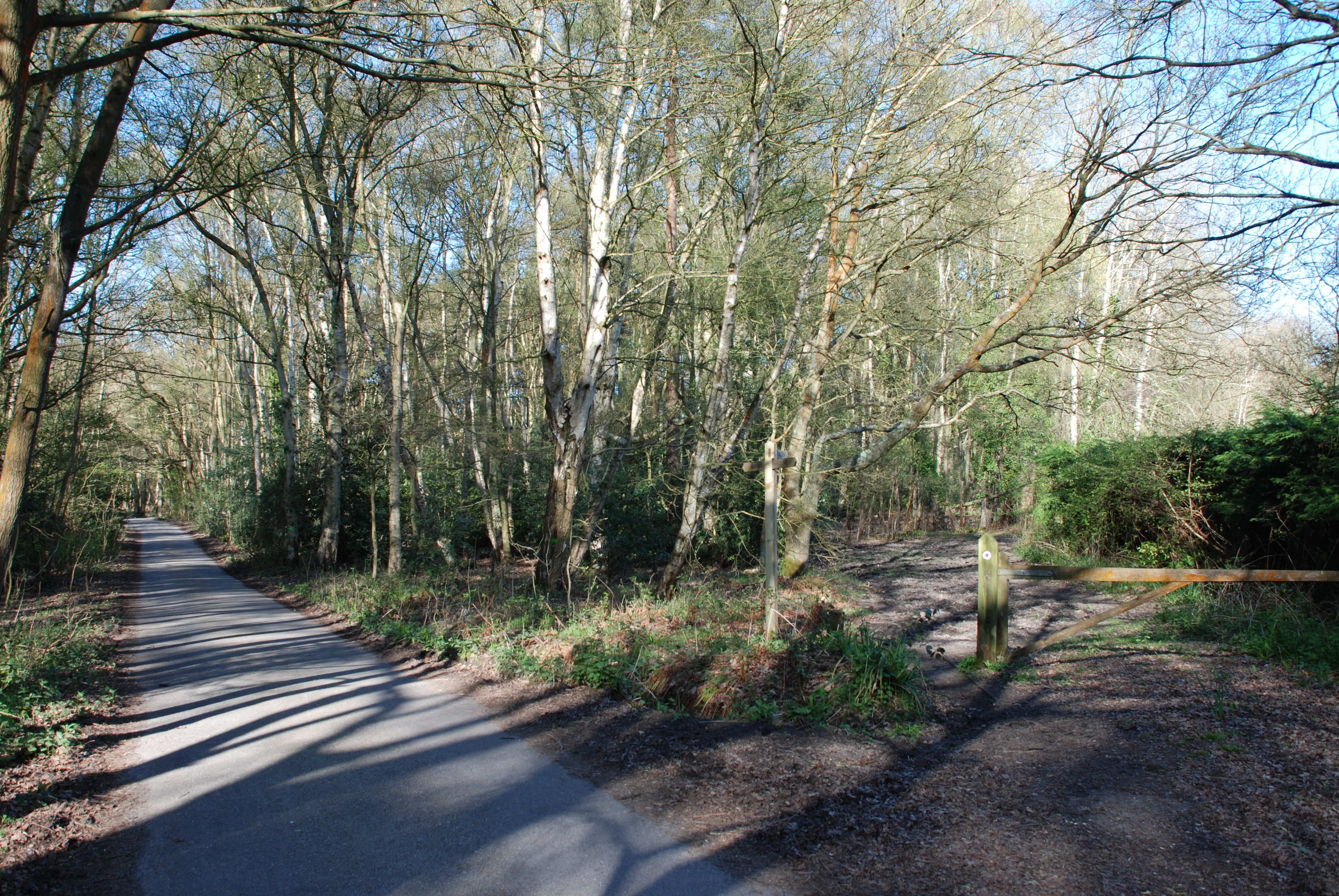Campaigning on off-road issues
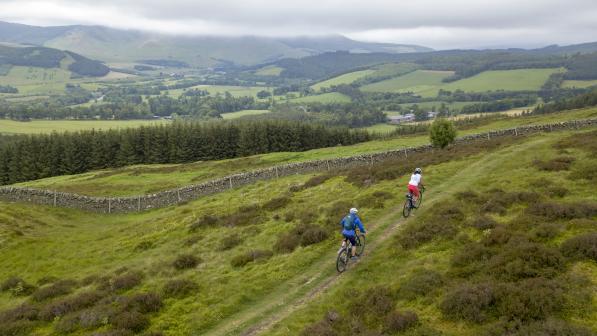
We have some great places to ride off-road in the UK, but also some great places that aren’t available for cycling – and often, it doesn’t seem that logical that you have a right to cycle on one location or route but not on a neighbouring one.
The Welsh Government has considered this, and is currently drafting legislation to widen access to the countryside for cycling, horse riding, caving, and many other recreational uses.
In the absence of similar progressive changes in England for the moment, it will require a combination of national and local action, to demonstrate the benefits of increasing access and making it easier for more people to enjoy the physical and mental health benefits of spending time in nature.
Local advocacy is so important. We need to become names and faces rather than anonymous ‘cyclists’ or ‘mountain bikers’, and to prove that we are reasonable people willing to compromise and build relationships.
The details of access to the countryside can be a bit complicated, so the following resources aim to explain the possible mechanisms for increasing access for cycling, and how you can get involved. (These mainly focus on current legislation in England and Wales.)
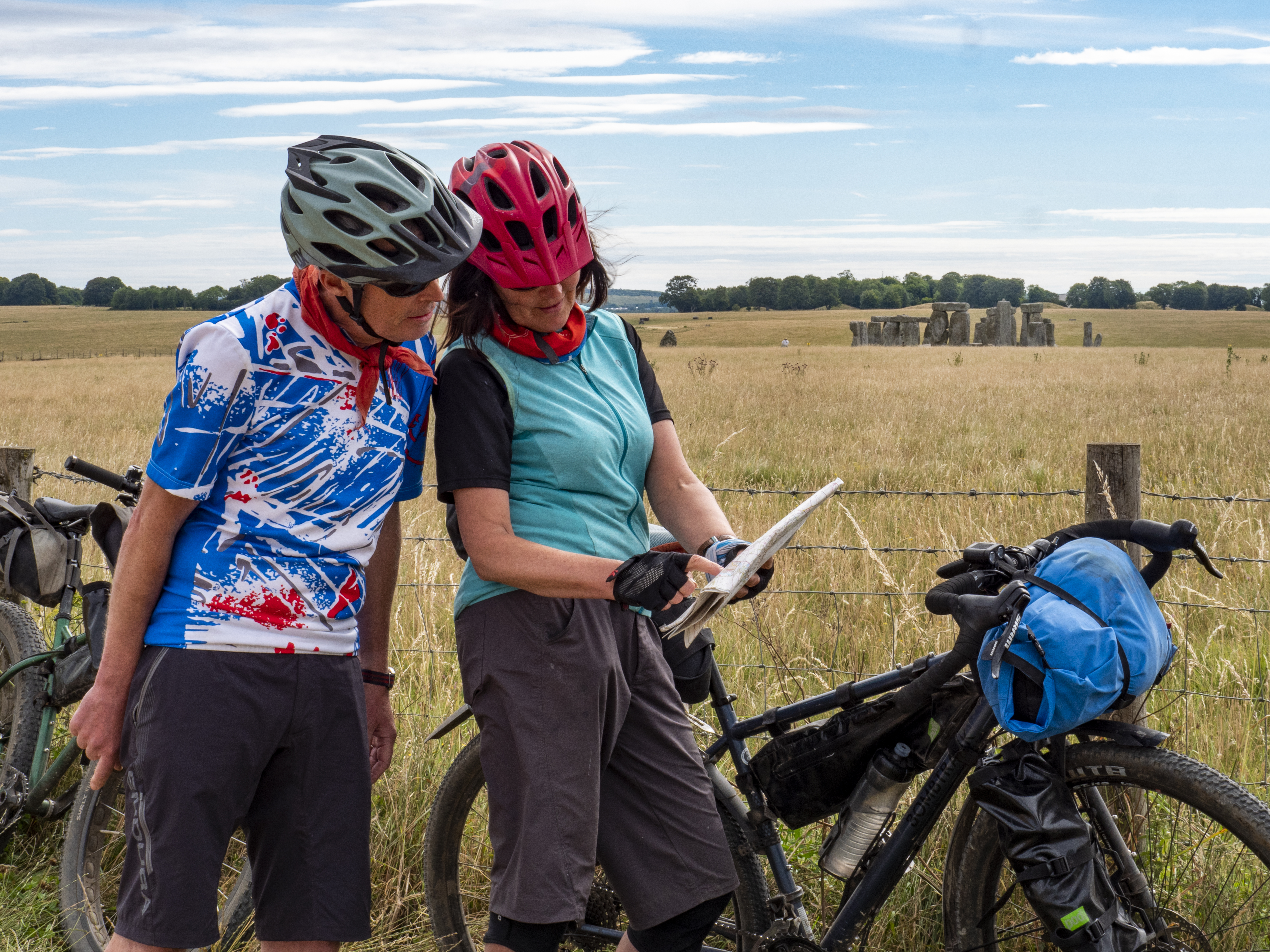
Guidance for off-road campaigning
- Where can I cycle off-road? (England and Wales)
- Developing new paths for cycling in the countryside
- How to claim an unrecorded public right of way
- Reporting obstructions
- Rights of Way Improvement Plans
- How to get involved with your Local Access Forum, and why
- Promote the 'Be nice, say hi' campaign in your area to encourage consideration between users
- OpenMTB: Love your local land manager
- OpenMTB: How to set up a trail association
- Open Spaces Society: Applying for a right of way based on 20 years of use
Policy briefings
- Changing the status of rights of way (England & Wales)
- Obstructions and 'out of repair' rights of way (England & Wales)
- Bridleways, byways and cycle tracks (England & Wales)
Case studies
- Local campaigners a step closer to turning a footpath into a bridleway
- Getty off my land! Fence plans across Chilterns bridleway dropped
- Peak District MTB's Advocacy Files
Additional resources
- Looking for data on the UK off-road scene and the demand for change? Cycling UK and OpenMTB's Rides of Way report has the answers.
- The Forestry Commission (now Forestry England and Forestry and Land Scotland) produced an excellent framework for managing unauthorised 'wild' mountain biking trails by assessing the risk they present to the public and dealing with them in a proportionate way. This is a good approach to suggest to a land manager who is concerned about people building trails on their land without permission.
- For paths which are well used but poorly drained and frequently become waterlogged, some sympathetic surfacing can help to protect the soil and vegetation from erosion. Many people are understandably concerned about 'urbanising' countryside paths, and there are lots of options besides asphalt which are more suited to a rural setting and more comfortable for horses to use. The Paths for All surfacing guide outlines the different of options with a useful comparison of costs.
- The Trails Trust has created a detailed guide to a collaborative process of creating new multi-user rights of way using common law.
- The Open Spaces Society has a useful set of resources and guidance on rights of way.
Further Cycling UK campaign guides about off-road access.


